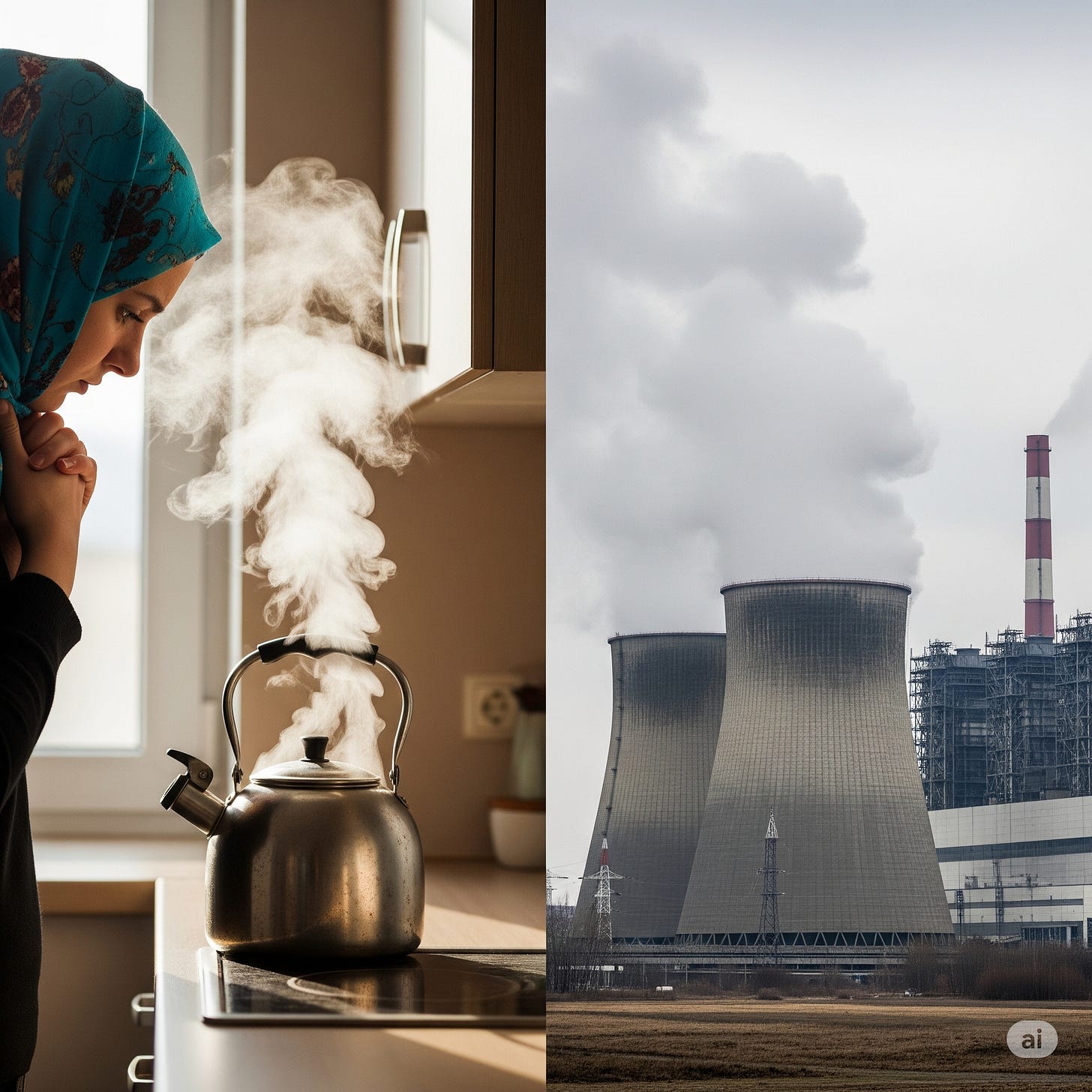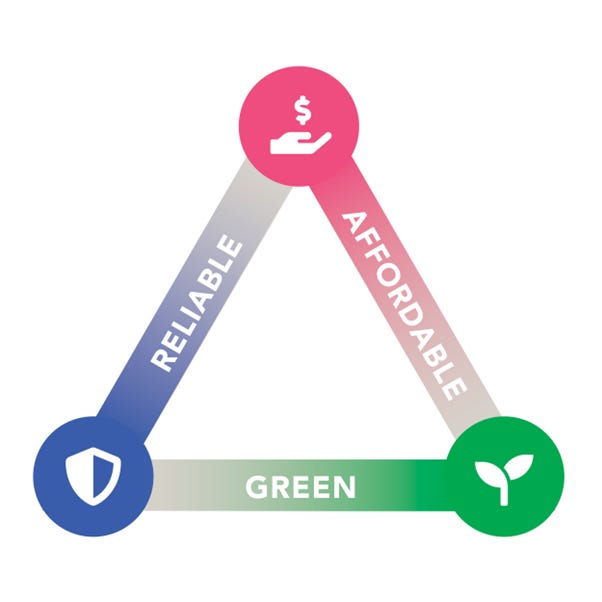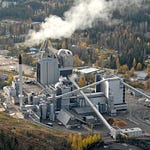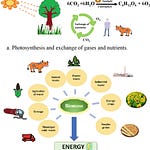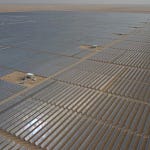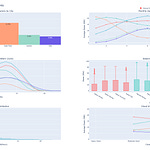Let me start with a confession: I'm terrible at making coffee.
Not the brewing part (I've got that down to a science). It's the waiting that kills me. Standing there at 6 AM, watching my electric kettle slowly bring water to a boil, knowing that somewhere a power plant is burning something to make my morning ritual possible. Coal? Natural gas? Maybe a wind turbine is spinning somewhere? Who knows.
Most of us don't think about where our electricity comes from. We flip a switch, and the lights come on. We plug in our phones, and they charge. We assume someone, somewhere, has it all figured out. But here's the thing: they don't. Not really. And that's why I'm starting this blog.
The Energy Trilemma Nobody Talks About
Picture a triangle. At each corner, write one word: Reliable, Affordable, Clean. Now try to have all three at once. Go ahead, I'll wait.
This is the energy trilemma, and it's been driving engineers, policymakers, and investors quietly insane for decades. Want reliable power 24/7? Great, fire up those coal plants. Want it clean? Sure, here are some solar panels—just don't ask what happens at night. Want it affordable? Well... nervous laughter.
The conventional wisdom says we need to pick two and sacrifice the third. But what if that's wrong? What if there's a way to cheat the triangle?
Why Energy Matters More Than You Think
Before we dive deeper, let's get something straight: energy isn't just about keeping the lights on. It's about everything.
That smartphone you're probably reading this on? Energy intensive to manufacture. The food in your fridge? Grown with diesel-powered tractors, processed in energy-hungry factories, transported in fuel-burning trucks. Your job, your healthcare, your Saturday night Netflix binge, all of it runs on energy.
Here's a number that should make you pause: the average American uses about 11,000 watts of power continuously. Not just electricity; total energy consumption including transportation, heating, and your share of industrial energy use. That's like having 110 old-school 100-watt light bulbs burning 24/7 just for you.
In Nigeria, where I'm conducting my research? That number is closer to 750 watts per person. And that's not because Nigerians are more efficient, it's because energy scarcity limits economic opportunity, healthcare quality, educational access, and pretty much every aspect of human development.
Energy isn't just physics. It's justice.
The Problem With Our Current Solutions
Now, you might be thinking, "But we're fixing this, right? Solar panels! Wind turbines! Tesla batteries!"
Sigh.
Look, I'm not here to rain on the renewable energy parade. Solar and wind have gotten impressively cheap. Battery costs are plummeting. These are real achievements. But, and this is a massive but, they're solving the wrong problem.
Solar panels produce electricity when the sun shines. Shocking revelation, I know. But when do hospitals need power? When do factories run? When do you cook dinner? The mismatch between when renewable energy is available and when we need it is like having a car that only starts when it's raining. Sure, it's better than walking, but it's not exactly reliable transportation.
The standard solution? "Just add batteries!" As if batteries grow on trees. As if lithium mining doesn't devastate landscapes. As if we have enough cobalt on Earth to give everyone Tesla-scale storage.
Enter the Hybrid Approach
This is where things get interesting, and why I'm spending the next three years of my life researching this stuff.
What if instead of putting all our eggs in one renewable basket, we created systems that combine different energy sources in clever ways? Not just solar-plus-battery, but genuinely integrated systems that play to each technology's strengths while covering for their weaknesses?
Think of it like cooking. You wouldn't try to make an entire meal using only a microwave, no matter how advanced it is. You use the stove for some things, the oven for others, maybe a slow cooker for that stew. Each tool has its place.
The same principle applies to energy systems. Solar for daytime peaks. Wind for breezy nights. But what about those calm, cloudy weeks? That's where it gets interesting. What if we could add a third element that's renewable and dispatchable and available when you need it?
The Resources Hiding in Plain Sight
Here's something that might surprise you: we're literally throwing away enormous amounts of energy every day. Agricultural waste (rice husks, corn stalks, sugarcane residue) contains massive amounts of stored solar energy. In many parts of the world, this waste is simply burned in the fields, contributing to air pollution and gaining nothing.
What if we could convert this waste into useful energy? Not just burning it (though that's part of it), but using modern conversion technologies to produce electricity, heat, and even hydrogen?
The beauty of biomass is that it's dispatchable. Unlike solar and wind, you can store agricultural waste and use it when needed. It's like having a battery made of rice husks.
Why Hydrogen Isn't Just Hype
I know, I know. Hydrogen has been "the fuel of the future" for decades, and it's still not here. The skepticism is warranted. But hear me out.
The problem with most hydrogen discussions is they treat it like a fuel competing with gasoline. That's missing the point entirely. Hydrogen's superpower isn't as a transportation fuel; it's as an energy storage medium and chemical feedstock.
When you have excess renewable electricity (those sunny afternoon hours when solar panels are cranking but demand is low), you can use it to split water into hydrogen and oxygen. Later, when you need power, you can convert that hydrogen back to electricity. Or use it to make fertilizer. Or steel. Or any number of industrial processes that currently rely on fossil fuels.
It's not efficient as you lose about 30-40% of the energy in the round trip. But efficiency isn't everything. Sometimes reliability matters more.
The Integration Challenge
Now comes the hard part: making all these pieces work together.
Imagine trying to conduct an orchestra where the violins only play when they feel like it, the drums have a mind of their own, and the brass section needs a 20-minute warm-up before each note. That's essentially what we're asking of hybrid energy systems.
The sun doesn't care about your energy needs. The wind doesn't check the weather forecast. Agricultural waste availability follows harvest seasons, not electricity demand curves. Coordinating these disparate sources into a reliable, continuous power supply is like solving a puzzle where the pieces keep changing shape.
This is where things get genuinely exciting for nerds like me. It's not just an engineering challenge, it's a controls problem, an economics puzzle, and a social coordination issue all rolled into one.
What This Blog Is Really About
Over the next 156 weeks, I'm going to take you on a journey through this fascinating, frustrating, occasionally infuriating world of hybrid renewable energy systems. We'll dive deep into the technical details (don't worry, I'll keep it readable), explore the economics, examine real-world case studies, and yes, share plenty of failures and "learning experiences."
But this isn't just about technology. It's about possibility.
It's about villages getting reliable electricity for the first time. It's about industries becoming sustainable without going bankrupt. It's about proving that the energy trilemma isn't a law of nature; it's a design challenge.
What You Can Expect
Every week, you'll get one in-depth post following this pattern:
Week 1: Big picture concepts and frameworks (like this post)
Week 2: Technical deep dives (warning: may contain equations)
Week 3: Practical applications and case studies
Week 4: Behind-the-scenes research notes and community Q&A
I'll share code when it's helpful (and legal). I'll create visualizations to make complex concepts clear. I'll admit when I'm wrong, which, if my PhD advisor is reading this, happens more often than I'd like.
Most importantly, I'll tell you the truth about what works, what doesn't, and what we still don't know.
Why This Matters Now
We're at an inflection point. The old energy system—burn stuff, make power—is dying. Not because of regulations or activism (though those play a role), but because of physics and economics. Fossil fuels are getting harder to extract. Climate impacts are getting impossible to ignore. Energy security is becoming a national security issue.
Meanwhile, renewable energy technologies have improved dramatically but hit fundamental limits. We can make solar panels cheaper, but we can't make the sun shine at night. We can build bigger wind turbines, but we can't make the wind blow on demand.
The next phase of the energy transition isn't about making renewables cheaper; it's about making them reliable. And that requires new thinking, integrated approaches, and a willingness to challenge conventional wisdom.
An Invitation
This blog isn't a lecture series, it's a conversation. I'm documenting my research journey in real-time, sharing what I learn as I learn it. That means you'll see the messy parts: the failed experiments, the revised hypotheses, the moments of confusion followed (hopefully) by clarity.
I invite you to join this journey. Ask questions. Challenge assumptions. Share your own experiences. The comment section is open, and I read everything (though I can't promise to respond to everything).
Because here's the truth: the energy challenge we face is too big for any one person, one lab, or even one country to solve. It's going to take all of us, sharing knowledge, building on each other's work, and pushing the boundaries of what's possible.
So grab your coffee (made with whatever energy source powers your kitchen), settle in, and let's explore the future of energy together.
Next week, we'll dive into the first technical piece: understanding solar variability and why it's both worse and better than you think. I'll show you real data from three different sites, and we'll build a simple Python model to visualize the challenge.
Until then, pay attention to your energy use. Notice when you flip switches, when machines hum to life, when the lights flicker. Start seeing the invisible infrastructure that makes modern life possible.
And maybe, just maybe, imagine how we could make it better.
Welcome to Third Way Energy. The journey starts now.
Thanks for reading kaykl.uz’s Substack! Subscribe for free to receive new posts and support my work.
This isn't just another podcast—it's a 3-year journey documenting active research into hybrid renewable energy systems. We're building in public, learning in real-time, and inviting you along for the ride.
Join Us:
If you believe the future of energy is more complex—and more interesting—than either side of the debate admits, you've found your podcast. New episodes drop weekly as we work toward a simple goal: proving the energy trilemma isn't a law of nature. It's a design challenge.
And we're going to solve it.
Part of the Third Way Energy project: Blog | Newsletter | Research | Community



